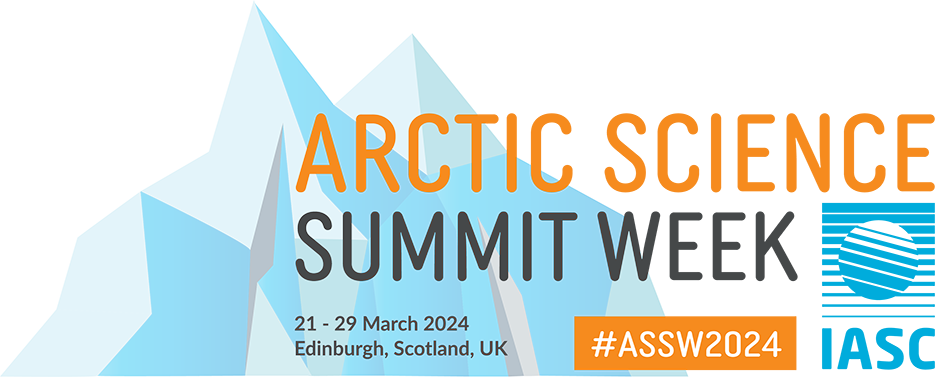
27 March 2026 | 08:00 - 09:30 CET
Open Session - ON SITE ONLY
Room: Mødelokale 1
Organiser: Suzanne Fox (The Yellow Tulip Project, USA); Izzy Crawford (Robert Gordon University, UK, Scotland)
Session Description:
The youth global mental health crisis requires collaboration, out of the box thinking and innovative ways of tackling these challenges. This session focuses on creative strength based approaches to addressing the youth mental health crisis and the stigmatization associated with it. Storytelling, visual expression, and nature based interventions are all inventive ways that challenge structural stigma and emotional silence, allowing individual experiences to gain dignity and resonance. Sharing stories illustrate both personal recovery and the forging of new social relationships and help foster collective connection. Our data shows that community-based conversations, community art, and nature based programs build social connections and help reduce social isolation. They also demonstrate how narrative and art can shift mental health from an isolated clinical category to a cultural concern, transforming stigma into dialogue, recognition, and collective healing. This session will demonstrate how a variety of community-based programs, ranging from public art exhibitions, storytelling programs, and the planting of community Hope Gardens can begin to normalize the experience of youth mental illness and to thereby dismantle the stigma associated with it. It will focus on three specific collaborative interactions that all show the power of community connection in smashing the stigma. These include: 1) The findings from the 2024-2025 Collaborative Online International Learning (COIL) project that brought students together on a bi-monthly basis to discuss mental health stigma and create a collective plan for action on university campuses . 2) The findings from The Yellow Tulip Project's art and storytelling initiatives: I Am More: Facing Stigma and Young Men Moving Mountains and 3) The planting of Hope Gardens to demonstrate the positive impact of building community resilience. Together, these approaches demonstrate how we can bridge the gap between individuals and society, reframing mental health from a private struggle into a shared public dialogue. These community-based interventions build social connections, reduce social isolation and start to normalize the experience of youth with mental illness by reducing the associated stigma.